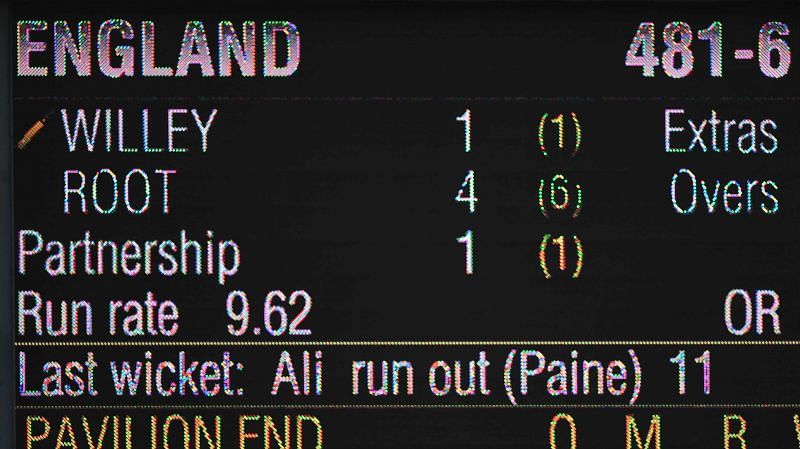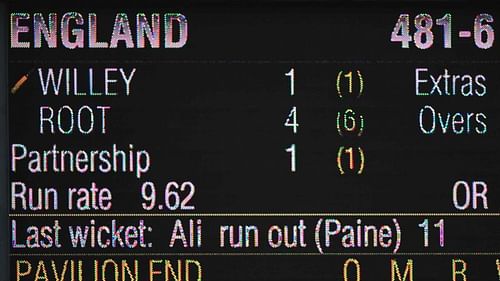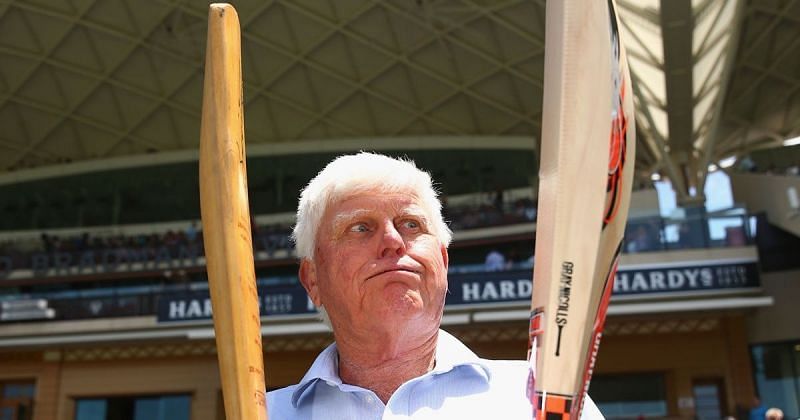
3 reasons why batsmen are scoring heavily in limited-overs games of the modern era

Ever since the inception of T20 format, batsmen have held the upper hand over the bowlers. They have added plenty of shots in their arsenal to score a large number of runs without consuming too many deliveries.
Over the years, bowlers have slowly started to develop their bowling skills to clinch more wickets without conceding too many runs. Bowlers have started to mix their stock delivery with variations like Knuckleball, Carrom ball, and slow bouncer.
Since the inception of ODI, it took almost three decades to witness an individual score of 200 in an ODI game. Nevertheless, we have seen four 200+ knocks in the last three years alone. Fakhar Zaman of Pakistan is the latest player to join this elite list.
There are plenty of new rules like two new-balls for an innings in ODIs, free hit, are favouring the batsmen in this modern era. Apart from these rules, let us look at the other three possible reasons for batsmen scoring heavily in the current era.
#3 Bat Size

In the past three years or so, bat size often takes center stage whenever a player posts a big score. After so many discussions, International Cricket Council (ICC) introduced a new rule on the bat dimension, which came into active on September 28, 2017. The thickness of the edges cannot be more than 40mm, and the overall depth can be 67 mm at the most. Umpires can use a new bat gauge to check a bat’s legality.
Despite this new rule, we can still see the ball crossing the fence without meeting the sweet spot of the bat. Mistimed shots are clearing the fence very easily. It is hard for a bowler to watch a top edge from a well-directed bouncer flying over the keeper’s head for a maximum.
It is high time for the ICC to discuss this topic once again. ICC should try to reduce the thickness of the bats to ensure a proper balance between bat and ball.